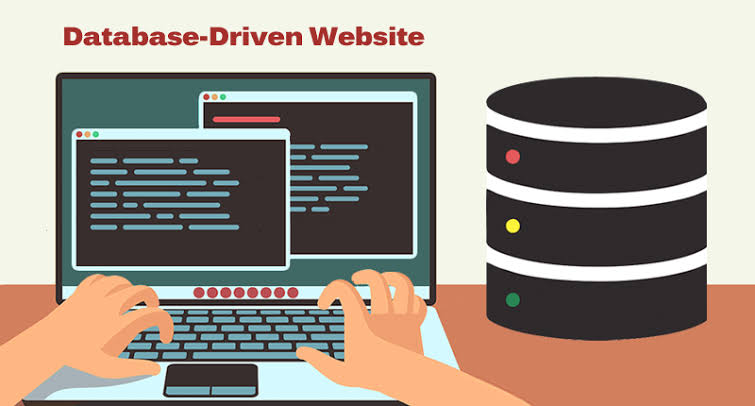
A database-driven website is a dynamic site that utilizes a database to store and manage data, allowing for efficient content management and real-time updates. In other words, the website leverages databases to control its content and functionality, making it interactive and customizable. As a result, database-driven websites offer a broader range of features and capabilities compared to static websites.
How It Works
First and foremost, a database-driven website retrieves data from a database, such as user information, articles, products, or other content types. This data is then used to generate web pages dynamically. Consequently, these websites are highly adaptable and can serve various purposes, from e-commerce stores to social media platforms.
Advantages
- Flexibility: With a database at its core, a database-driven website can easily be updated and modified, allowing for changes in content or functionality without altering the website’s code.
- Interactivity: Database-driven websites can offer personalized experiences for users, such as user profiles, account management, and tailored content recommendations.
- Scalability: As data grows, database-driven websites can scale more effectively, as the database can handle large volumes of data and requests.
Common Features
- Content Management: Content management systems (CMS) like WordPress rely on databases to manage posts, pages, and user data.
- E-commerce: Online stores use databases to manage product catalogs, user accounts, and transaction records.
- Social Media: Platforms like Facebook and Twitter utilize databases to handle user profiles, posts, and other interactive features.
Development Process
- Design: A database-driven website starts with designing the database structure and planning how data will be organized and accessed.
- Back-end Development: The website’s back-end is developed using a server-side language like PHP, Python, or Node.js to handle database interactions.
- Front-end Development: The website’s front-end is developed using HTML, CSS, and JavaScript to create the user interface.
- Testing and Deployment: After development, the website is thoroughly tested for functionality and performance before being deployed.
Conclusion
In summary, when you learn database-driven website, you gain access to a powerful and flexible solution for managing and delivering dynamic content. By leveraging databases, these websites provide personalized experiences and support interactive features that enhance user engagement. Therefore, database-driven websites have become the foundation of many modern web applications and services.
How to show Toast Messages in React





